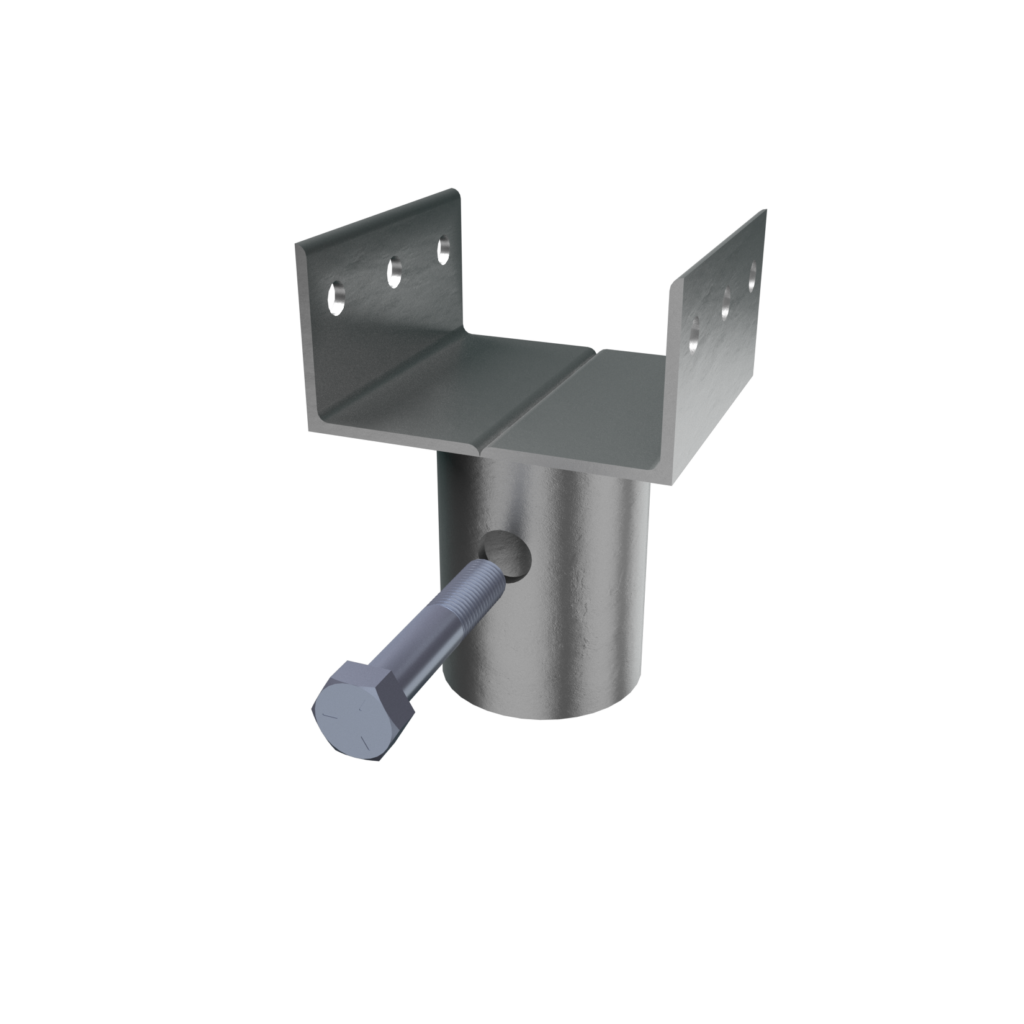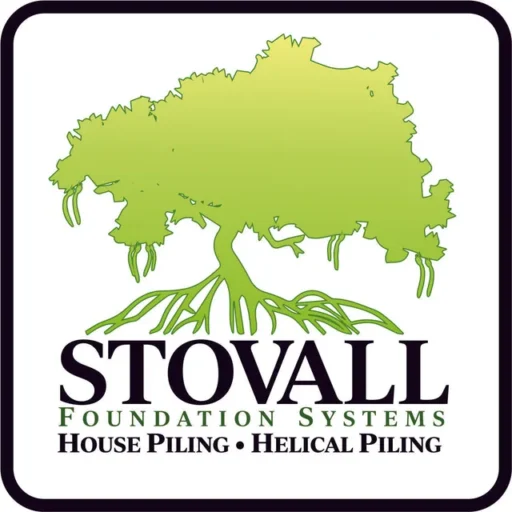Helical Pile Extensions
Purpose: These extensions increase the length of helical piles, allowing them to reach deeper, more stable soil layers for better load-bearing capacity.
Types:
Standard Extensions: Typically, these add a fixed length (e.g., 5–10 feet) to the pile.
Custom Extensions: Designed specifically for unique job requirements or challenging soil conditions.
Materials: Constructed from high-strength steel, they ensure durability and resistance to corrosion.
Connection: Installers either screw extensions directly into the pile shaft or attach them using a coupler for a secure connection.
Torque Indicators
Purpose: These devices measure torque during installation, ensuring that the pile reaches the necessary depth and resistance for proper load-bearing.
Types:
Manual Torque Indicators: Ideal for smaller projects, these feature a dial gauge to display torque values.
Digital Torque Indicators: Providing real-time, precise data, these often integrate directly with installation equipment.
Features:
First, they display torque readings to confirm proper resistance.
Additionally, some models store data for later analysis.
Importance: By verifying that helical piles achieve the correct bearing capacity and depth, torque indicators help prevent installation errors and ensure structural stability.
Pile Couplers
Purpose: These components connect multiple pile sections, making it possible to extend their length when deeper installation is required.
Types:
Threaded Couplers: These provide a secure, twist-lock connection for quick and easy installation.
Welded Couplers: Permanently joining pile sections, these couplers are welded for added strength and durability.
Materials: Typically made from high-strength steel, they maintain structural integrity even under heavy loads.
Application: Pile couplers play a critical role in deep foundation projects, particularly for large buildings and bridge supports where additional depth is essential.
Helical Plates (Helix Plates)
Purpose: Helical plates help anchor the pile into the soil, providing the necessary resistance as the pile screws into the ground.
Design:
Helix Geometry: The spiral shape increases surface area, improving resistance to axial loads.
Thickness and Diameter: These factors vary depending on soil conditions and load requirements.
Materials: Typically, manufacturers use steel, although some plates receive corrosion-resistant coatings for use in marine or harsh environments.
Types:
Single Plate: A single helical plate is attached at the pile base.
Multiple Plates: In cases where additional anchorage is necessary, multiple stacked plates provide extra stability, especially in soft or deep soils.
Helical Pile Brackets
Purpose: These brackets connect helical piles to the structure being supported, effectively distributing the load.
Design:
Steel Brackets: Built from heavy-duty steel, they support substantial weight loads.
Pre-drilled Holes: These allow for easy attachment using anchor bolts.
Applications: Helical pile brackets are commonly used in foundation work, retaining walls, and other structural support projects.
Custom Brackets: In some cases, custom brackets are designed to meet unique project specifications and connection requirements.
Because each of these Helical Pile Accessories plays a vital role, they work together to ensure proper installation and structural stability. Stovall Foundation Systems installs helical piles and utilizes essential accessories such as helical pile extensions, torque indicators, pile couplers, and helical pile brackets. These components, when used effectively, extend pile lengths, measure torque during installation, connect sections securely, and provide strong load distribution. As a result, they contribute to a foundation that is both stable and reliable.

